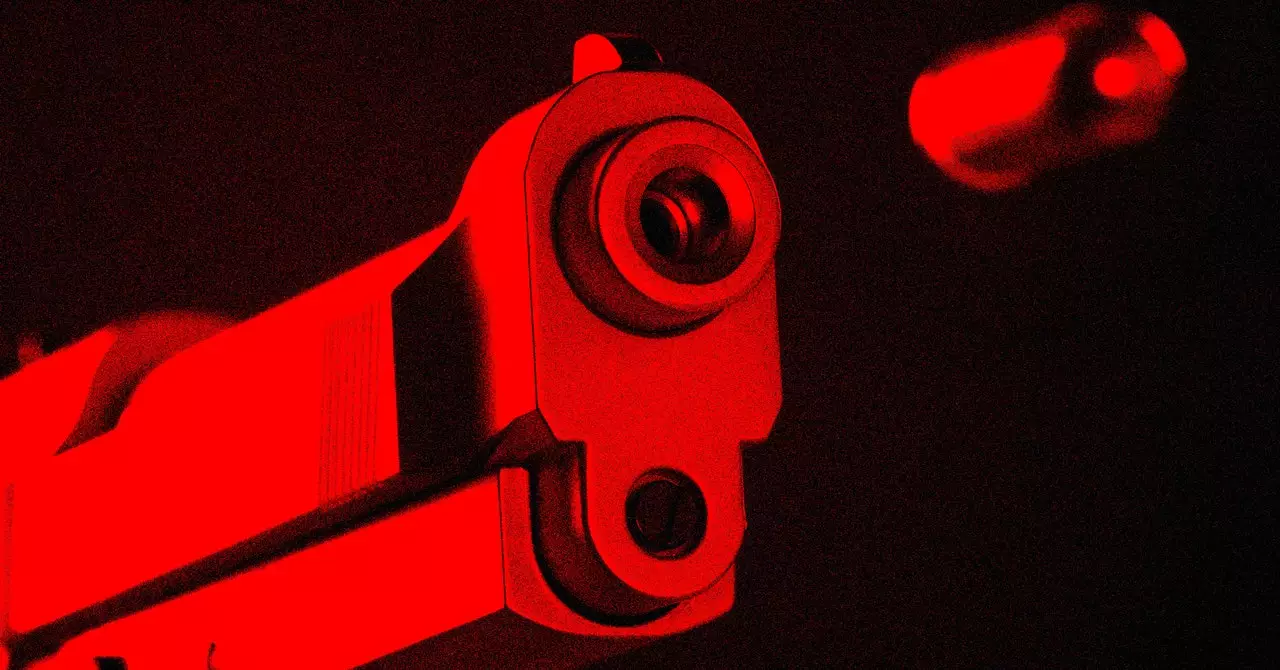Gunshot detection systems have been touted as a groundbreaking technology that can help law enforcement agencies respond more effectively to gun violence incidents. However, recent audits in cities like New York City and Champaign have revealed concerning results. In New York City, only 13 percent of the alerts generated by the ShotSpotter system could be confirmed as actual gunfire. The lack of transparency regarding the accuracy of these systems raises serious questions about their effectiveness.
The audits conducted by New York City’s comptroller highlighted the inadequate accountability measures in place for gunshot detection systems. While the NYPD has the data necessary to evaluate the accuracy of ShotSpotter, it does not make this information public. Without proper oversight and transparency, it becomes difficult to assess the true impact of these systems on public safety. The cancellation of contracts by cities like Champaign and Chicago further underscores the need for more stringent accountability measures.
Debates on Effectiveness
Research conducted by experts like Eric Piza of Northeastern University has shed light on the limitations of gunshot detection systems. While these systems can lead to faster police response times and improved evidence collection at shooting scenes, they have not been proven to reduce gun-related crimes or increase the likelihood of solving such crimes. Additionally, false-positive incidents and misclassifications of shots-fired reports in areas with gunshot sensors raise concerns about the overall reliability of these systems.
The recommendation by the New York City comptroller to not renew the contract with SoundThinking without a thorough performance evaluation highlights the potential risks associated with relying solely on gunshot detection systems. The NYPD’s response citing public safety concerns if the contract is not renewed further complicates the debate. San Jose’s Digital Privacy Office has recommended improvements in accuracy for the Raven system to continue its use, emphasizing the need for ongoing evaluation and refinement of these technologies.
The effectiveness of gunshot detection systems remains a subject of debate and scrutiny. While these systems have shown promise in certain aspects such as faster police response times, their overall impact on reducing gun violence and improving public safety is questionable. The lack of transparency, accountability measures, and conflicting research findings indicate the need for a more comprehensive evaluation of these systems before widespread adoption. As technology continues to play a crucial role in law enforcement, it is essential to critically assess the benefits and limitations of gunshot detection systems to ensure that they truly serve the interests of public safety.


Leave a Reply